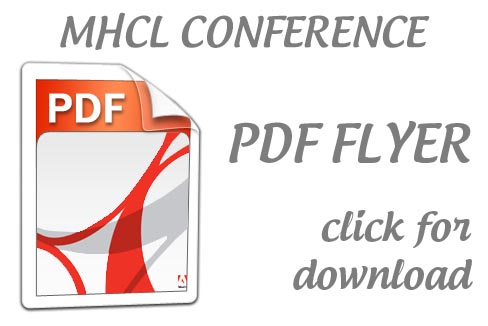Borut Jereb
Associate Professor
Faculty of Logistics, University of Maribor
I. Ceh
Other
Faculty of Logistics, University of Maribor
M. Kamplet
Student
Faculty of Logistics, University of Maribor
Associate Professor
Faculty of Logistics, University of Maribor
I. Ceh
Other
Faculty of Logistics, University of Maribor
M. Kamplet
Student
Faculty of Logistics, University of Maribor
The effect of traffic management on CO2 production
Greenhouse gas emissions in Europe have plunged to the lowest level ever recorded after the EU’s member states reported an estimated 23% drop in emissions between 1990 and 2014 [1]. Still, urban traffic is a major source of air pollution in cities. Urban mobility accounts for 40 % of all CO2 emissions of road transport and up to 70% of other pollutants from transport [2]. Current simulations, based on past data, predict that CO2 emissions from transport will be one third higher than their 1990 level by 2050 [3]. Congestion costs will increase by about 50 % by 2050 [3]. It is therefore important to investigate the effect of traffic management on CO2 production and other transport-produced emissions in urban areas. The effect of implementing green waves (smart synchronization of traffic lights on a road section) was investigated on a real case of a road intersection in Celje.


